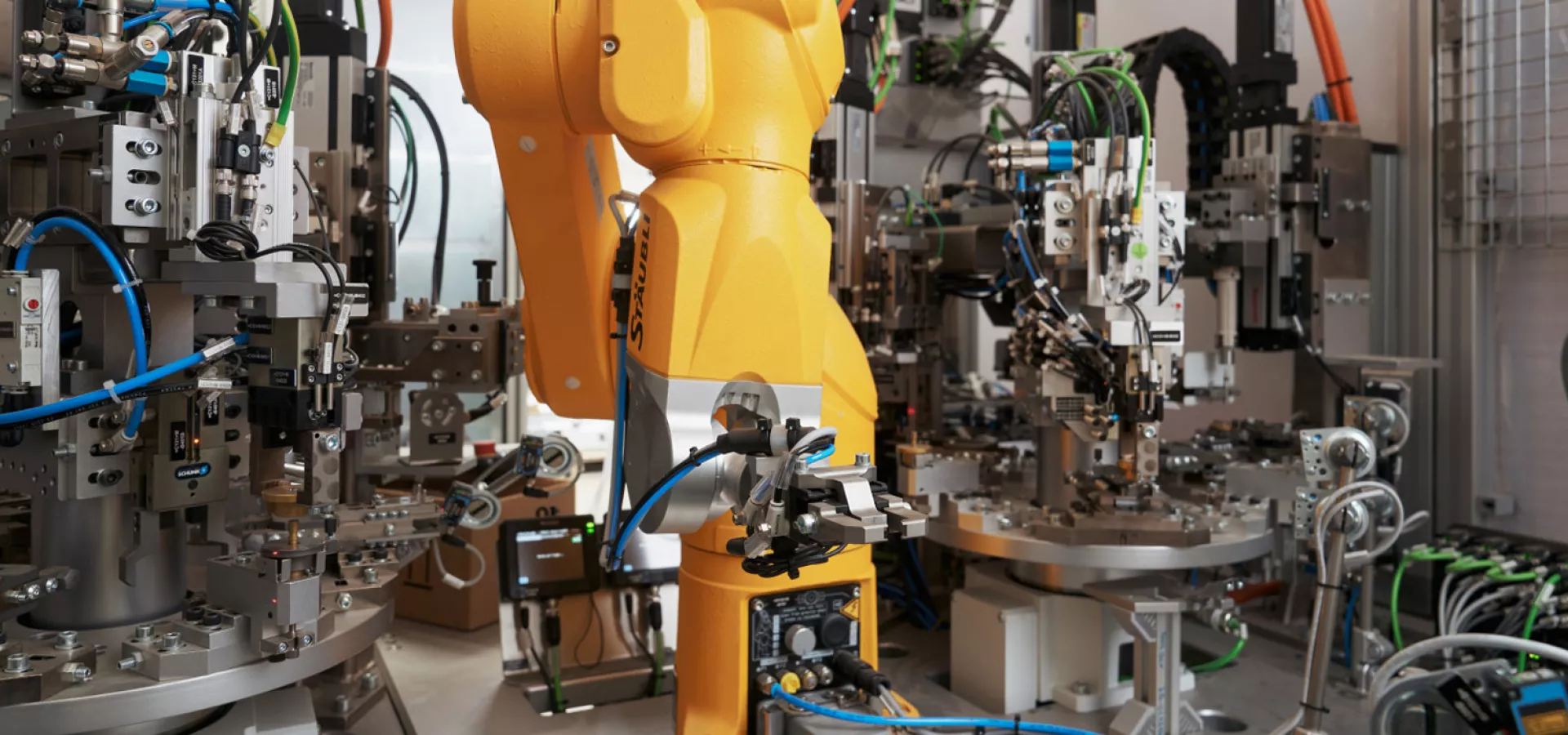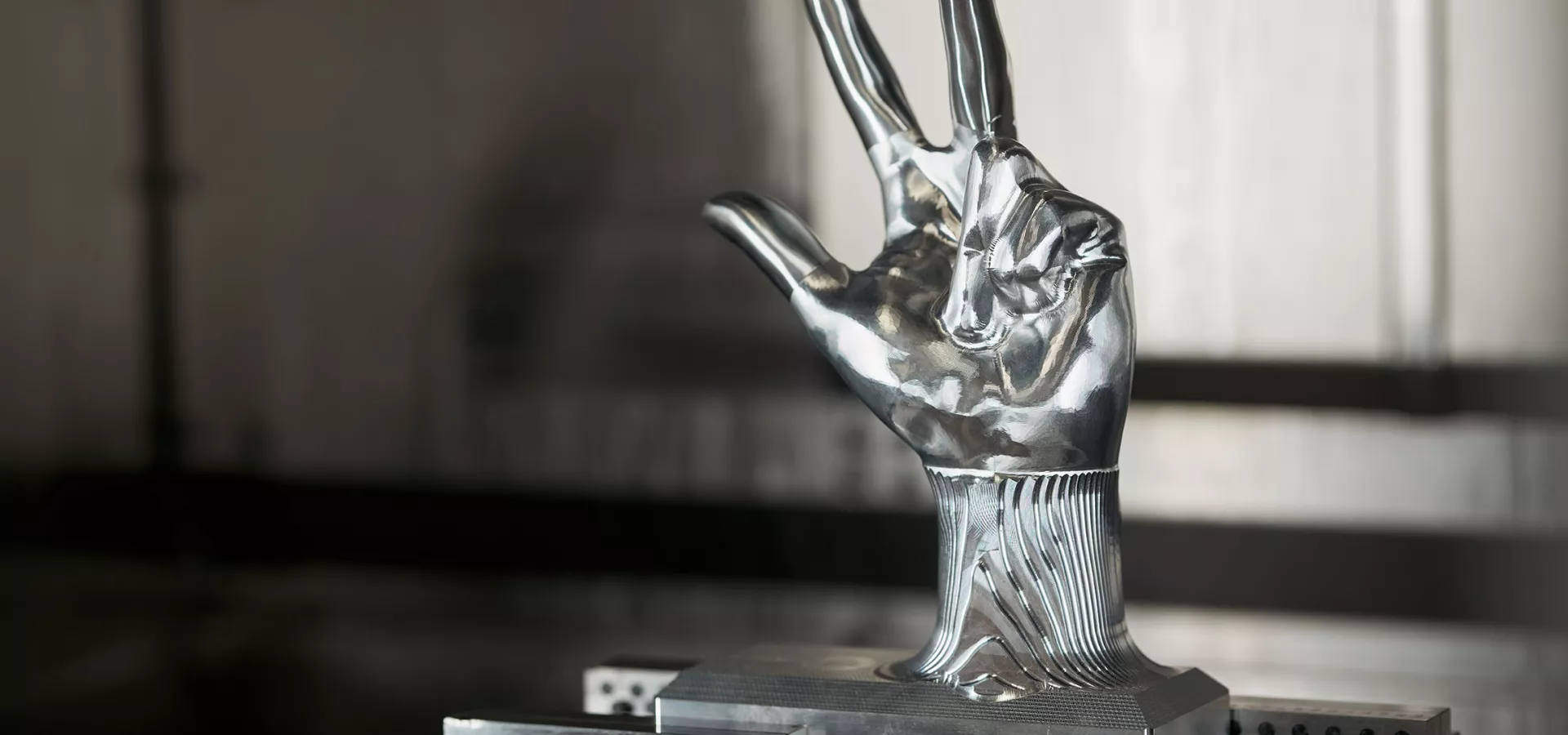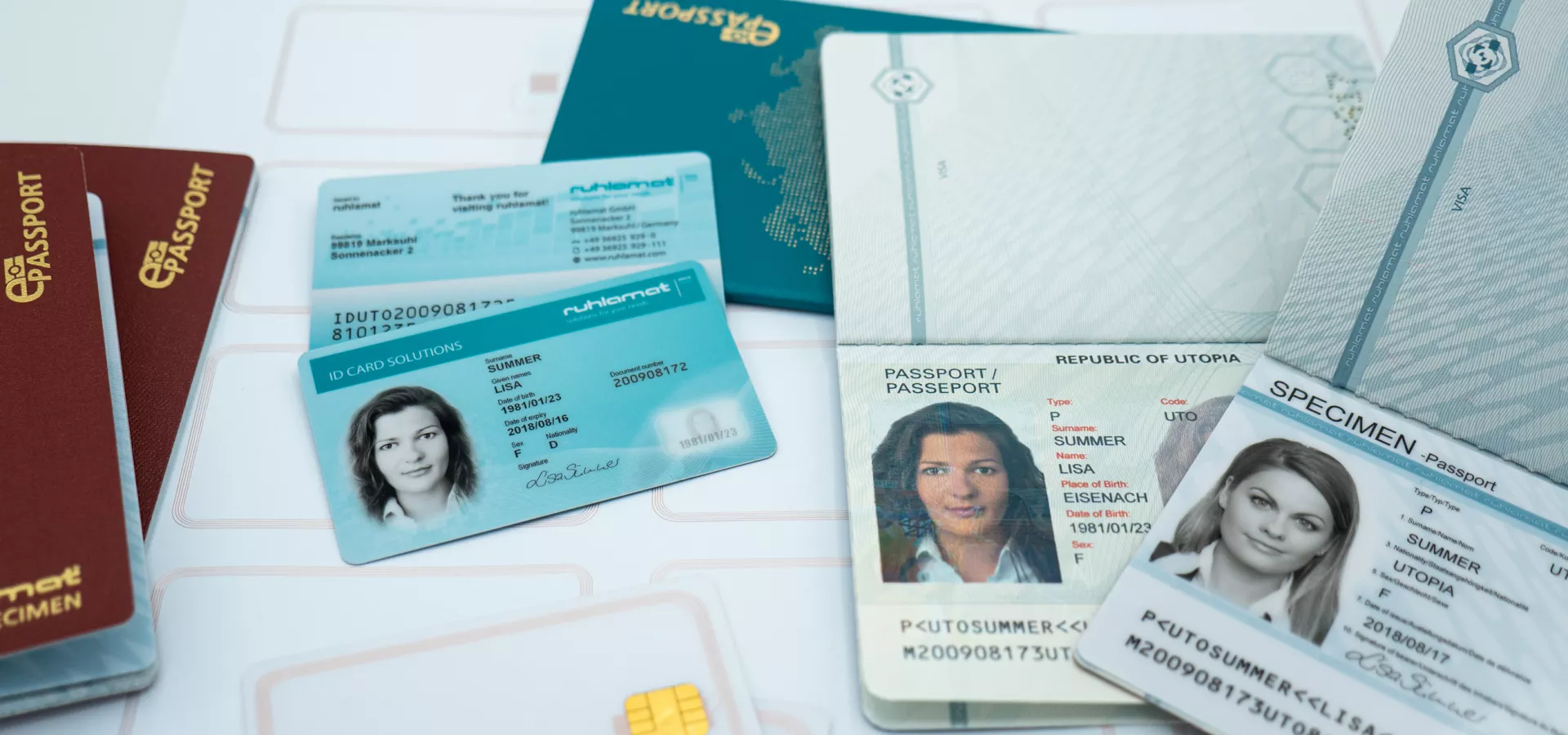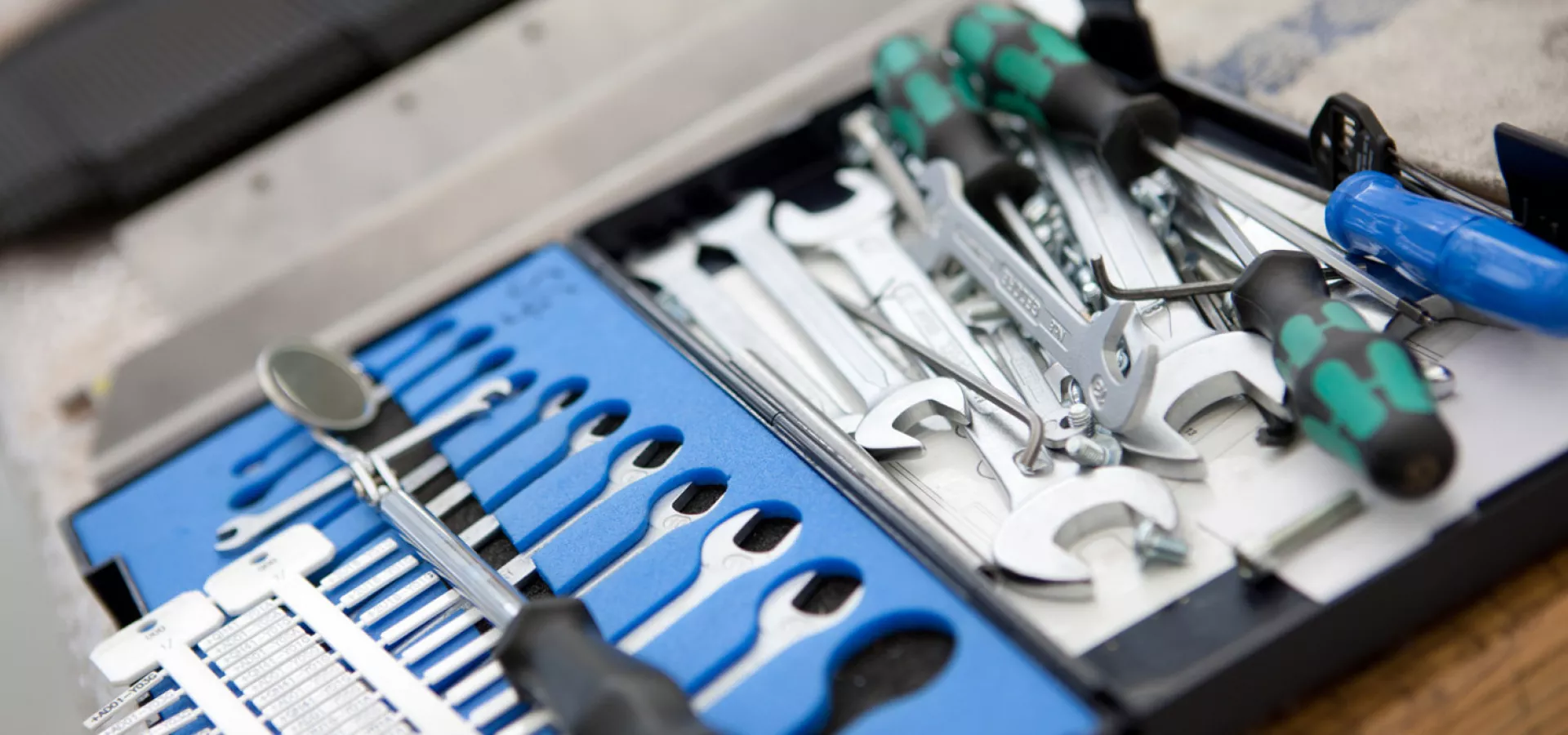
Abrasives
Abrasives are an optional additive used in waterjet cutting, for example, as part of sheet metal processing. These are usually mineral materials that are hard and have an angular structure. With the help of abrasives, various materials can be cut quickly, cost-effectively, but above all without generating heat. In industry, waterjet cutting technology, also known as abrasive cutting, is becoming increasingly popular.
What abrasives are available?
Common abrasives include olive sand, quartz sand, corundum and garnet. These mineral materials are ideally suited for abrasive cutting due to their hardness and structure. Together with a water jet, they hit the material to be machined under high pressure and remove it particle by particle. While corundum is more suitable for softer materials, garnet and olive sand are recommended for hard materials. Those who choose garnet sand as an abrasive, for example, can choose between different types of sand, each with a different grain size. There are several gradations between the very fine flour sands and the large coarse sands. In direct comparison, garnet sand is a little harder than quartz sand and is therefore also suitable for processing particularly hard materials. On the other hand, this form of abrasive is somewhat more expensive.
Abrasives must not only be hard and have an angular structure, but also fulfil other requirements, especially for reasons of occupational health and safety:
- Abrasives must not have any chemical activity
- Abrasives must not be toxic
- Abrasives must be ferrite-free
In waterjet cutting itself, the abrasive is sucked into the mixing chamber by the so-called Venturi effect (negative pressure). There, water and abrasive mix with each other. The water jet mixed with the abrasive then hits the material to be processed. How much abrasive is needed per litre of water depends, among other things, on the material selected and the size of the machine's nozzle. It should be noted that the jet diameter increases when waterjet cutting with abrasive compared to waterjet cutting without abrasive.
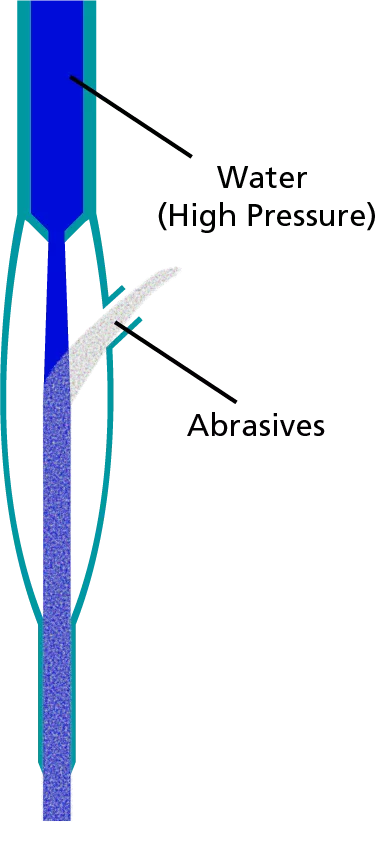
How can abrasives be recycled?
A large part of the abrasive used in waterjet cutting is disposed of as a waste product after use. This causes high costs for the operator of the machine. Therefore, there are now more and more efforts to recycle abrasive. Recycled abrasive does not lose any of its effectiveness. In fact, initial results show that around 50% of the abrasive used can be recycled per operation. This can save enormous costs per year. Whether and to what extent recycled abrasive is suitable for a machine depends on various factors and must be compared with the respective manufacturer's specifications.
